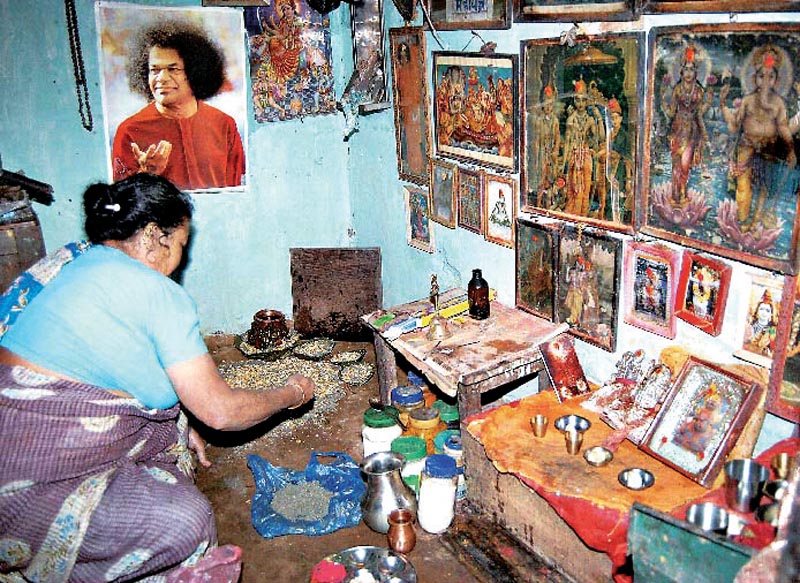Ghatasthapana being observed today
Kathmandu: Bada Dashain, the greatest and longest festival of Nepali Hindus, has officially begun today with Ghatasthapana.
Ghatasthapana, the first day of Navaratri Parba or the nine-night festival of Bada Dashain, falls on Ashwin Shukla Pratipada. Ghatasthapana is observed by people by performing puja and setting up ghada or pot, on which they sow seeds of barley, wheat, corn and rice, at homes and temples in accordance with Vedic tradition.
According to a schedule released by the Ministry of Home Affairs based on Nepal Panchanga Nirnayak Samiti, 7:15 am is the auspicious time for sowing seeds in a mixture of sand and soil in a clay pot.
The sprouted seedlings are called jamara. These are offered along with tika on the 10th day, which is observed as Vijaya Dashami.
Following Ghatasthapana, the most auspicious hour for replacing national flags hoisted in government offices is 10:25 am on October 11 (Thursday). Similarly, this year’s Pachali Bhairav Jatra will be celebrated on October 14 (Sunday).
The auspicious time for the procession of goddess Sri Tulaja Bhavani has been set for 9:21 am on October 16 (Tuesday) and the deity will be put in the resting mode at 10:02 am the same day when Fulpati is observed. On this very day, Fulpati will be brought to the Dashain Ghar at Hanumandhoka. The MoHA said there is no need to wait for an auspicious time to bring in Fulpati.
Likewise, October 17 (Wednesday) will mark Mahaashtami along with the Kalratri puja on the same night. Mahanavami will be celebrated on October 18 (Thursday) and Vijaya Dashami falls on October 19 (Friday).
Though tika can be received and offered from the day of Vijaya Dashami to Kojagrat Purnima (October 24), the most auspicious time for receiving and offering tika is 9:44 am on Vijaya Dashami.
According to popular Hindu myth, Goddess Durga had killed the demon king Mahishasur on Mahanavami and thus Vijaya Dashami symbolises the victory of good over evil.
KMC to inspect imported goats, sheep
KATHMANDU: Kathmandu Metropolitan City today said it would start inspection of goats and sheep brought into the city from various parts of the country for consumption during Dashain. A team lead by Deputy Mayor Hari Prabha Khadgi will inspect the imported animals.
The team will comprise a veterinary doctor, Nepal Police personnel and officials of Public Health Division. Goats fit for human consumption will have their horns painted green, while diseased goats will have their horns painted red. The decision was approved by a meeting of deputy mayors and slaughterhouse owners.
President of Nepal Khadgi Samaj, Manoj Khadgi, said, “The government should not tarnish the image of slaughterhouses.” He also said that they were ready to improve the condition of their slaughterhouses if they got support from the local levels.
Kathmandu Metropolitan City has also urged the people to buy only goats with horns painted green.






